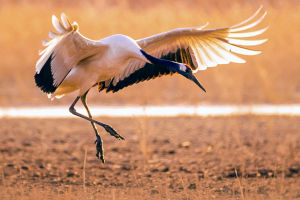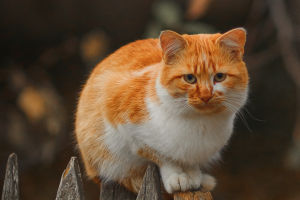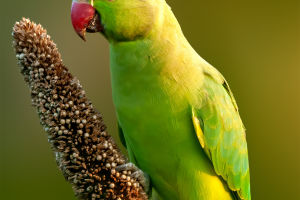White Tailed Deer on Autumn
Hi Lykkers! As autumn sweeps across the landscape, the graceful white-tailed deer becomes a symbol of the season’s beauty.
With their elegant stature, these deer are often spotted roaming through forests and fields, blending into the vibrant autumnal hues of orange, gold, and red.
Let’s take a closer look at the white-tailed deer and why they’re such a cherished part of nature’s autumn tapestry.
Physical Characteristics of White-Tailed Deer
White-tailed deer are medium-sized deer, with males, known as bucks, weighing between 150 to 300 pounds, while females, or does, are typically smaller. In the autumn, bucks grow impressive antlers, which they shed in late winter. Their coats change with the seasons turning a rich brown in the fall to help them blend into the environment. The white-tailed deer’s tail is one of its most distinctive features. When threatened, the deer will raise its tail, exposing the white underside as a warning signal to other deer in the area.
Whitetail Deer Videos | AMAZING Up Close Footage!
Video by Justin Hoffman Outdoors
Autumn Behavior and Mating Season
Autumn is an important time for white-tailed deer as it marks the rutting season, or the mating season. Bucks can be seen competing for dominance, using their antlers to spar with rivals for the chance to mate with a doe. This period, which typically occurs from October to December, is crucial for the continuation of the species, with fawns being born the following spring. During this time, deer are more active and can be seen during daylight hours as they search for food and potential mates. They rely on their keen senses of smell and hearing to detect danger.
Appreciating White-Tailed Deer in the Wild
For nature enthusiasts, observing white-tailed deer in the wild is a peaceful and awe-inspiring experience. Their graceful movements, combined with the stunning autumn backdrop, create a perfect scene for wildlife photography and quiet reflection. Early mornings or late afternoons are the best times to spot deer, as they are most active during these hours. Deer are wild animals and can become stressed by human interaction. Observing from afar allows you to enjoy the beauty of these creatures without disturbing their natural behavior.
White-tailed deer are a majestic and vital part of the natural landscape, particularly during the autumn season when they are most active. Their graceful presence, combined with their role in the ecosystem, makes them a beloved species for wildlife enthusiasts.


